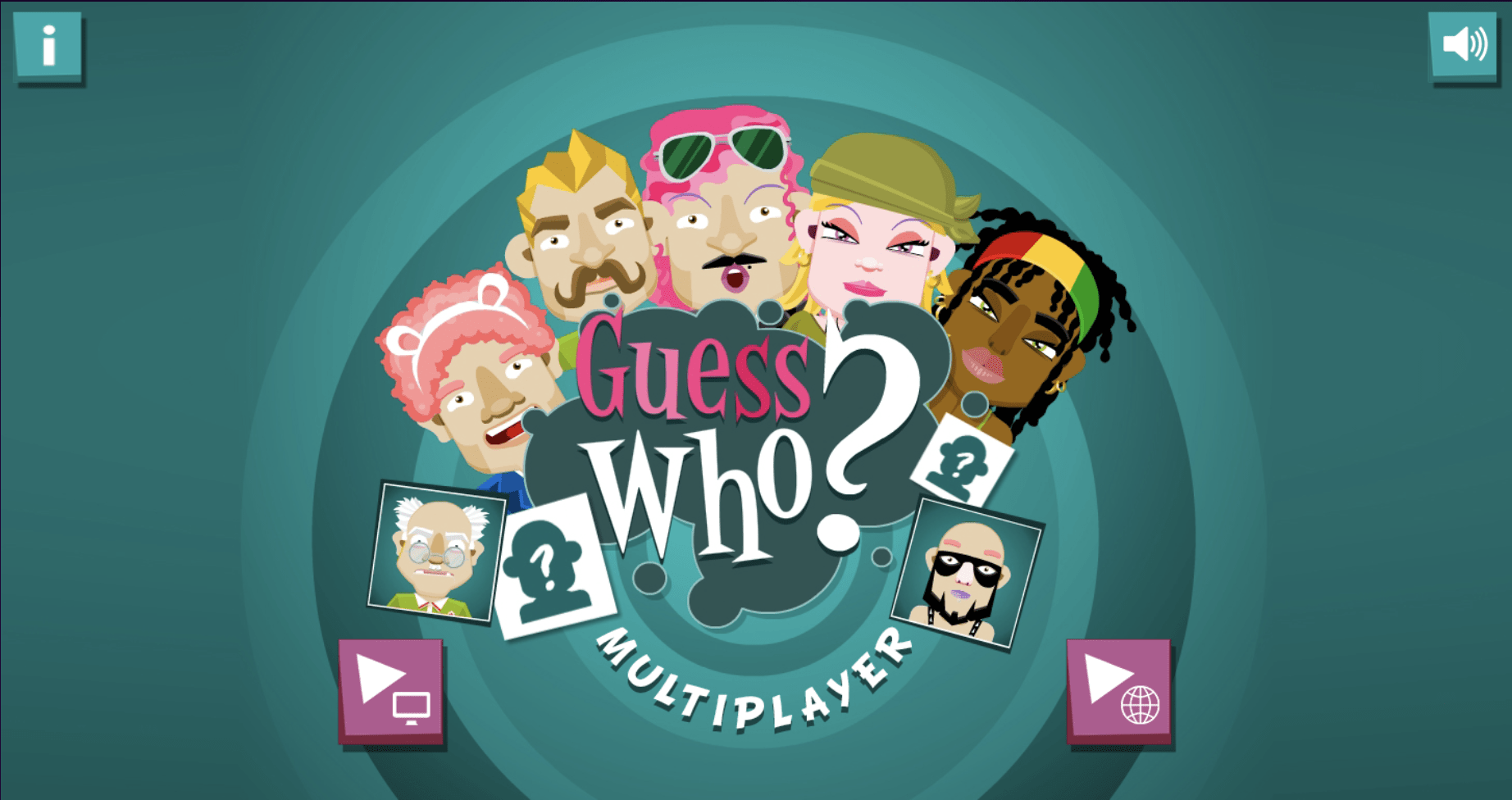For this critical play, I played two games: an online version of “Guess Who” and an online version of “Who Am I”. Both are similar to our game concept as they involve asking questions about the appearance or circumstances of some character towards a competitive objective. Much like our game, the previous clues build up the players’ intuition towards eventually identifying the target character. However, in our game, players are not limited by the reality of circumstantial facts (as in this variant of Who Am I) or the reality of physical characteristics (as in Guess Who) — our players are primed to identify the target characters using subjective knowledge alone.
Much like our game, both of these games employed a turn-based mechanic where each player is allowed to infer information about the target characters via some verbal exchange. Both of the games I played and the game we’re prototyping are thematically open-ended. There is no fantasy or fictional narrative being cast onto these games’ magic circles — these characters simply exist in some space of the gameboard without any context.
Both games I played promise the fun of fellowship — perhaps even fantasy — to the players. In both games, the players must embody their character (or at least their details) and convey those facts to their opponent when necessary. Opportunities for abuse is limited to the verbal exchange between players — and thus rely on the relationship between the players themselves. That said, those verbal exchanges can cause harm if used to offend and malign.
Of the two games I played, I found the variant of “Who Am I” to be MUCH more interesting and fun than “Guess Who”. Guess Who was really kind of boring — the players’ opportunity to interact is very limited. You are forced to ask very simple (read: non-engaging) questions about the character’s physical appearance. You don’t dare to venture outside the obvious and ask a question with a subjective nature, as that can cause the game to enter a bad state where the reality between the two players becomes misaligned. The game goes by very quickly, and I am thankful for that.
On the other hand, the version of “Who Am I” I played was pretty fun. The successive rounds of question-and-answer keeps both players actively engaged in the game. Plus, the struggle of trying to successively come up with and deliver questions that filter the possibilities of your target character makes for prime laughing material. I think the game was much more fun BECAUSE we were able to ask a range of questions to infer a number of identifying characteristics — am I human / fictional / alive / in a children’s show / a historical figure / etc. The freedom to ask whatever the player wants — the freedom to engage your creativity — is what gives the game color.



